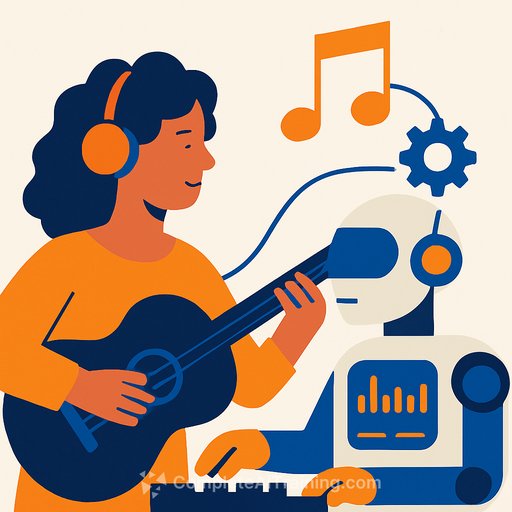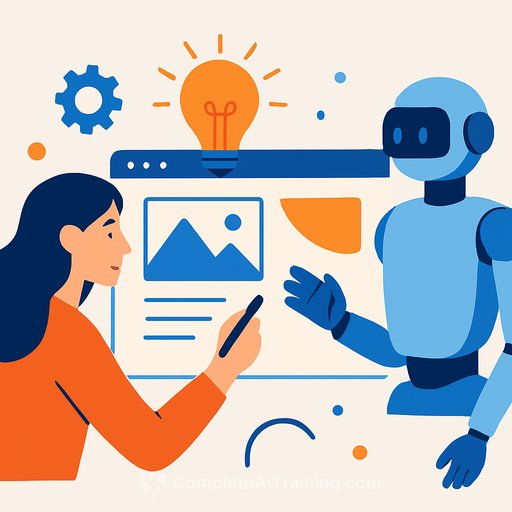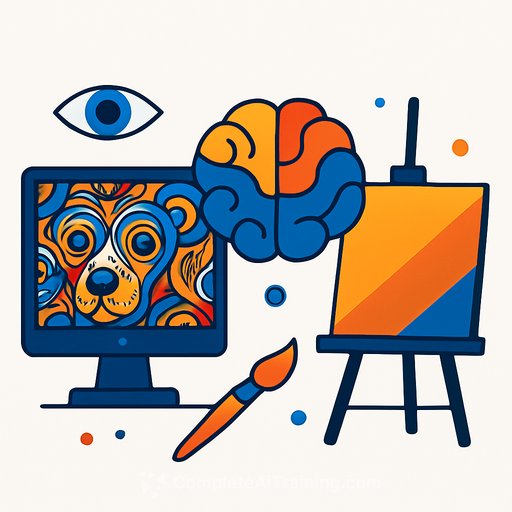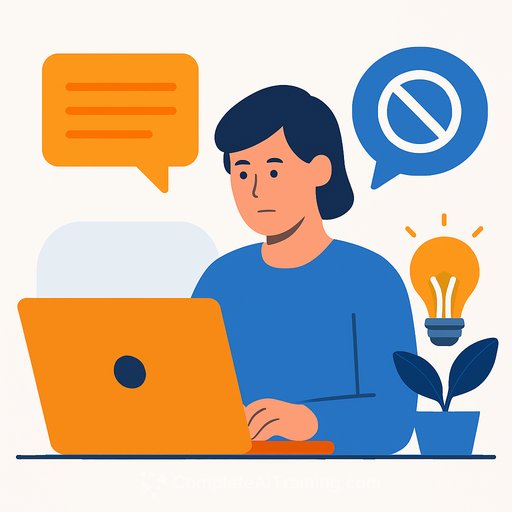How Artists Are Using AI to Shape Music
A recent study by Stability AI sheds light on how professional musicians are integrating AI into their creative processes. Rather than replacing artists, AI is becoming a collaborative tool that supports and expands creative possibilities.
The research examined 337 AI-related music projects, focusing on professional artists instead of casual creators who generate entire tracks using AI music generators like Suno or Udio. The key takeaway: most artists use AI as an assistant rather than a sole creator.
AI as a Creative Assistant
Artists are leveraging AI for tasks like brainstorming lyrics, designing sounds, or generating quick co-composition ideas. This approach maintains their creative control while benefiting from AI’s ability to inspire and speed up parts of the process.
Some musicians push the boundaries further by training AI models on their own voices. Artists like Holly Herndon, Grimes, and Sevdaliza use this method to explore new sounds and textures, expanding what’s possible within their music.
Innovations Enabled by AI
- Multilingual Releases: AI simplifies translating vocals, helping artists reach global audiences. For example, Universal Music recently used AI to translate Brenda Lee’s “Rockin’ Around The Christmas Tree” into Spanish.
- Restoring Voices: AI brings old or damaged recordings back to life. Paul McCartney used AI to restore John Lennon’s vocals from a demo, contributing to The Beatles’ Grammy-winning track “Now and Then.”
- Genre Experimentation: AI enables artists to blend genres and create new sounds without years of study. It allows musicians to quickly experiment with styles, fostering fresh musical ideas.
Artists Leading the Way
Professional artists are steering AI technology to enhance their creativity. They use it as a tool to assist and inspire, not to replace the human touch that defines music.
Resistance and Historical Parallels
AI in music faces legal and ethical debates, and concerns about AI-generated content flooding streaming services. The controversy around AI-band The Velvet Sundown, which gained millions of Spotify streams, highlights these issues.
However, resistance to new technology isn't new. Stability AI compares current pushback to past innovations like auto-tune, sampling, piano iron frames, and amplifiers. Each faced skepticism but eventually became vital parts of music production. Skepticism today may evolve into acceptance and cultural significance over time.
What This Means for Creatives
AI’s presence in music is growing steadily. For now, it’s a creative booster for professional artists, not a replacement. It offers new ways to experiment, translate, restore, and innovate, though the full impact on genres and culture is still unfolding.
If you're an artist interested in incorporating AI into your workflow, consider exploring resources like these:
For more insights on AI’s role in music, check out these articles:
- AI in the music industry: How artists can use AI in 2025
- AI-assisted vs AI-generated music: What’s the difference?
Your membership also unlocks:






